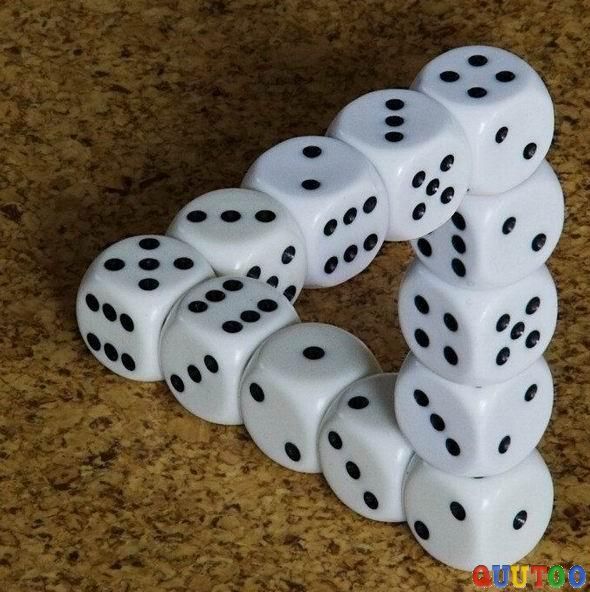Dice Numbers Creating Triangles
 Potsawee has a fair six-sided die. He throws the die 3 times, and the numbers shown on the upper side each time are
respectively. Find the probability that the lengths
are able to create an
isosceles triangle
. Give your answer to three significant figures.
Potsawee has a fair six-sided die. He throws the die 3 times, and the numbers shown on the upper side each time are
respectively. Find the probability that the lengths
are able to create an
isosceles triangle
. Give your answer to three significant figures.
The answer is 0.319.
This section requires Javascript.
You are seeing this because something didn't load right. We suggest you, (a) try
refreshing the page, (b) enabling javascript if it is disabled on your browser and,
finally, (c)
loading the
non-javascript version of this page
. We're sorry about the hassle.
First of all, there are 6 × 6 × 6 = 2 1 6 total values of a , b , c .
When the lengths a , b , c are able to create an isosceles triangle, we can divide it into two different situations:
[ 1 ] . a = b = c : We have 6 values.
[ 2 ] . There are exactly two sides which are of the same length. Without loss of generality, assume a = b = c .
When c = 1 , a = b = 2 , 3 , 4 , 5 , 6 ;
When c = 2 , a = b = 3 , 4 , 5 , 6 ;
When c = 3 , a = b = 2 , 4 , 5 , 6 ;
When c = 4 , a = b = 3 , 5 , 6 ;
When c = 5 , a = b = 3 , 4 , 6 ;
When c = 6 , a = b = 4 , 5 .
We have 2 1 values of a , b , c .
Therefore, the probability required is 2 1 6 6 + 3 × 2 1 ≈ 0 . 3 1 9 .